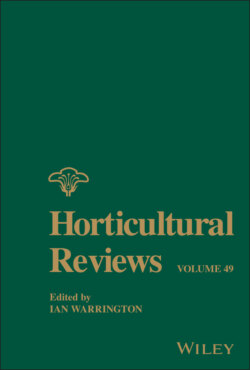Читать книгу Horticultural Reviews, Volume 49 - Группа авторов - Страница 29
VIII. CONSERVATION
ОглавлениеAlthough H. quercifolia is abundant in the center of its range in central and northern Alabama, there is nevertheless a conservation concern. Many of the existing populations on the extremities of the range are small and, therefore, are susceptible to genetic drift and inbreeding. This could also be an early indication of range contraction and local extirpation. Additionally, the extent of gene flow between populations as either seed or pollen is unknown, which has a direct influence on the extent of genetic drift in small populations. Knowledge of these factors will be useful in assessing the need for conservation action as well as directing any action that is deemed necessary.
A survey of 421 herbarium specimens of H. quercifolia indicates that the average collection year was 1980, with only 16% having been collected since 2000. Searching for populations throughout the native range indicates that approximately 23% (16 of 69 searched) of the populations that were previously documented no longer exist (A. Sherwood, pers. observ.). Many of these extirpated populations are located on the edges of the species range, and therefore put an emphasis on protecting the populations in those areas. These locations have either undergone land‐use change (housing developments, clear cutting, roadside vegetation control, etc.) or encountered habitat degradation due to invasive species, indicating that land preservation could be an effective strategy in protecting the remaining populations. Molecular marker data suggest that these edge populations in the southern extent of the range are genetically distinct and unique (Sherwood et al. 2020), further supporting the need for directed management strategies in the areas where H. quercifolia is not abundant.
